History
Lloyd Noble established the Noble Research Institute (originally named The Samuel Roberts Noble Foundation) in 1945 to help revitalize agriculture after the Dust Bowl. Through the years, Noble Research Institute’s purpose remains steadfast — safeguard the soil and help agricultural producers advance land stewardship practices. Today, Noble Research Institute is the largest nonprofit in the U.S. dedicated to providing farmers and ranchers with the education to improve soil health and increase farm and ranch profitability.
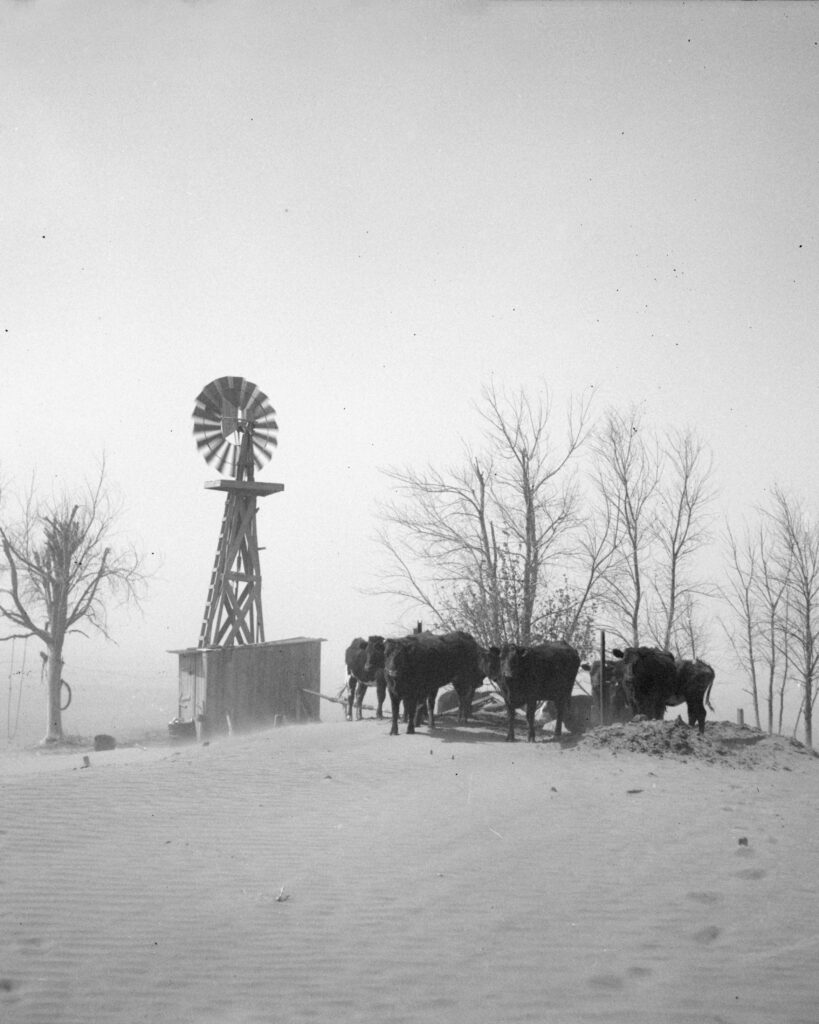
Dust Bowl Devastation
Lloyd Noble witnessed the catastrophic environmental disaster that unfolded during the Dust Bowl of the 1930s. Intense drought, coupled with poor land management practices, led to the widespread erosion of topsoil.
Filling a Need
Lloyd Noble established Noble Research Institute on Sept. 19 as a resource to encourage farmers and ranchers to adopt practices that would benefit the land, increase agricultural productivity and improve quality of life.
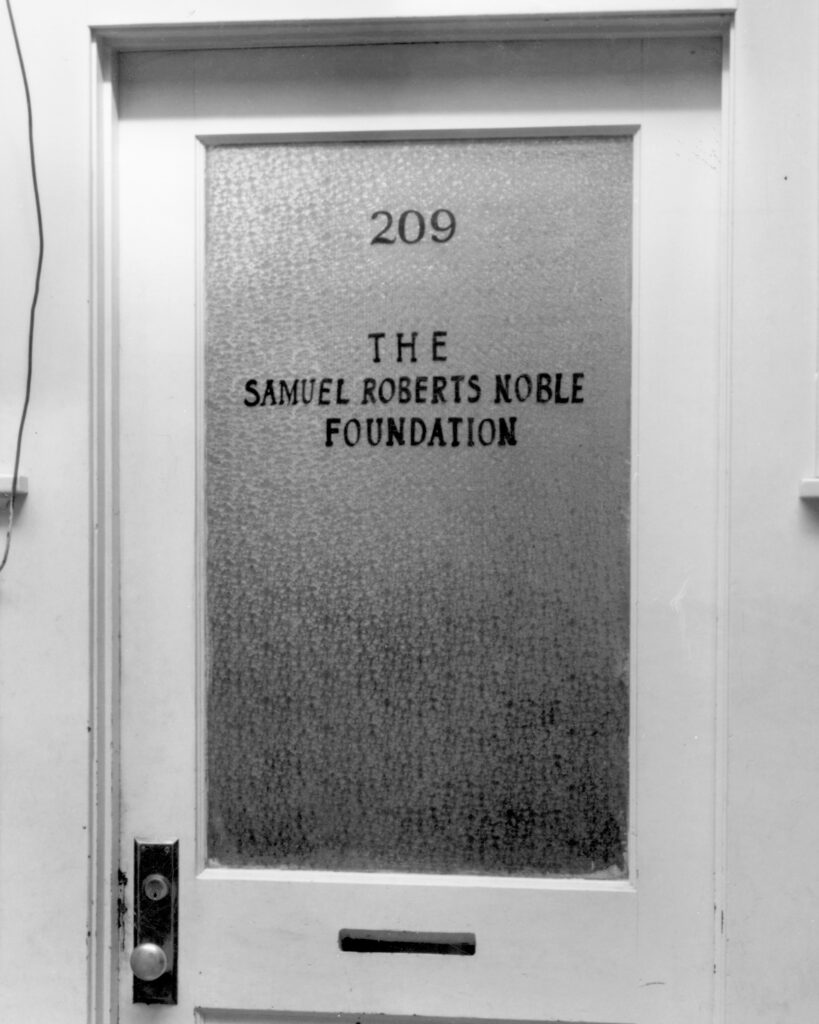
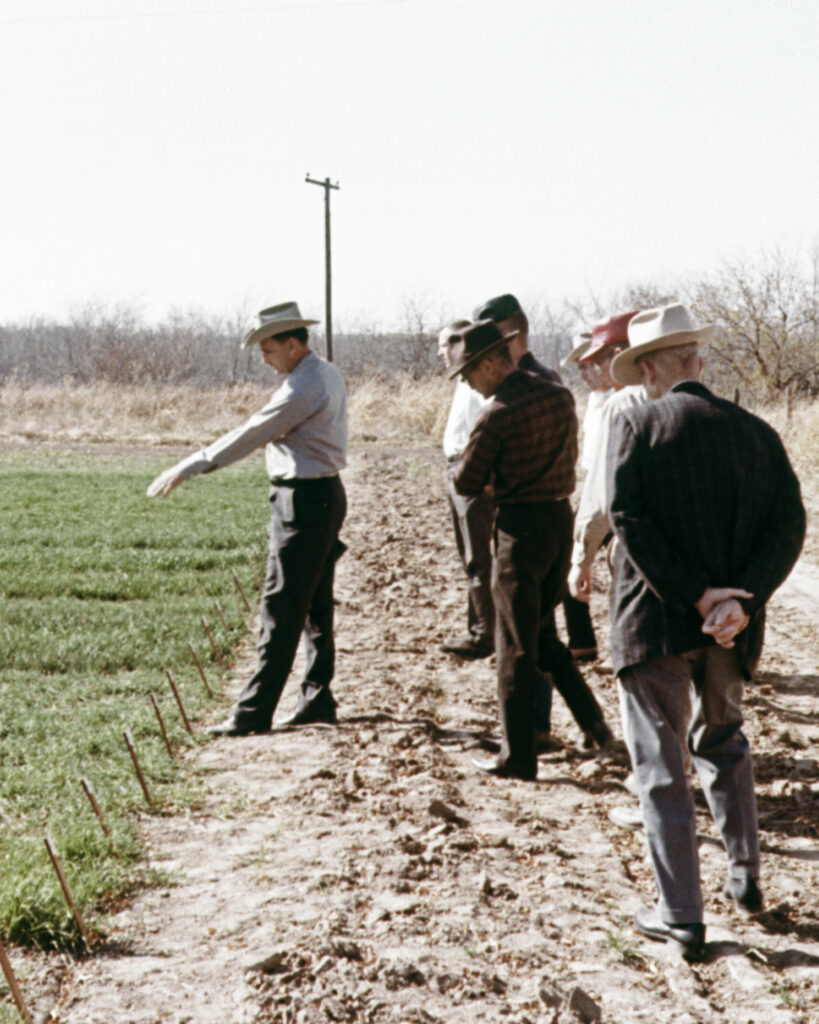
Helping Farmers and Ranchers
Noble’s consultation program continued to grow and expand its service to area farmers and ranchers. The program was formed to assist local farmers and ranchers in applying research-based information to their operations.
Noble Ranches
The Red River Ranch and the Pasture Demonstration Facility were purchased to demonstrate proper management and farming techniques for crops, livestock, pecans, irrigation and wildlife.
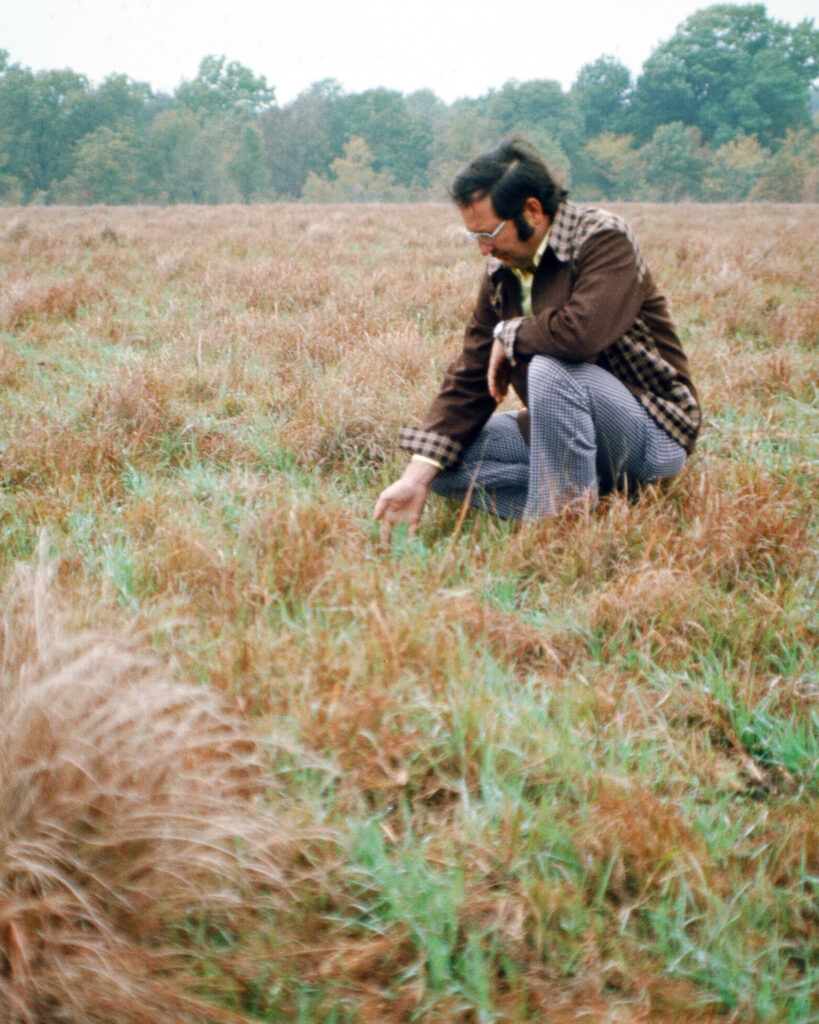
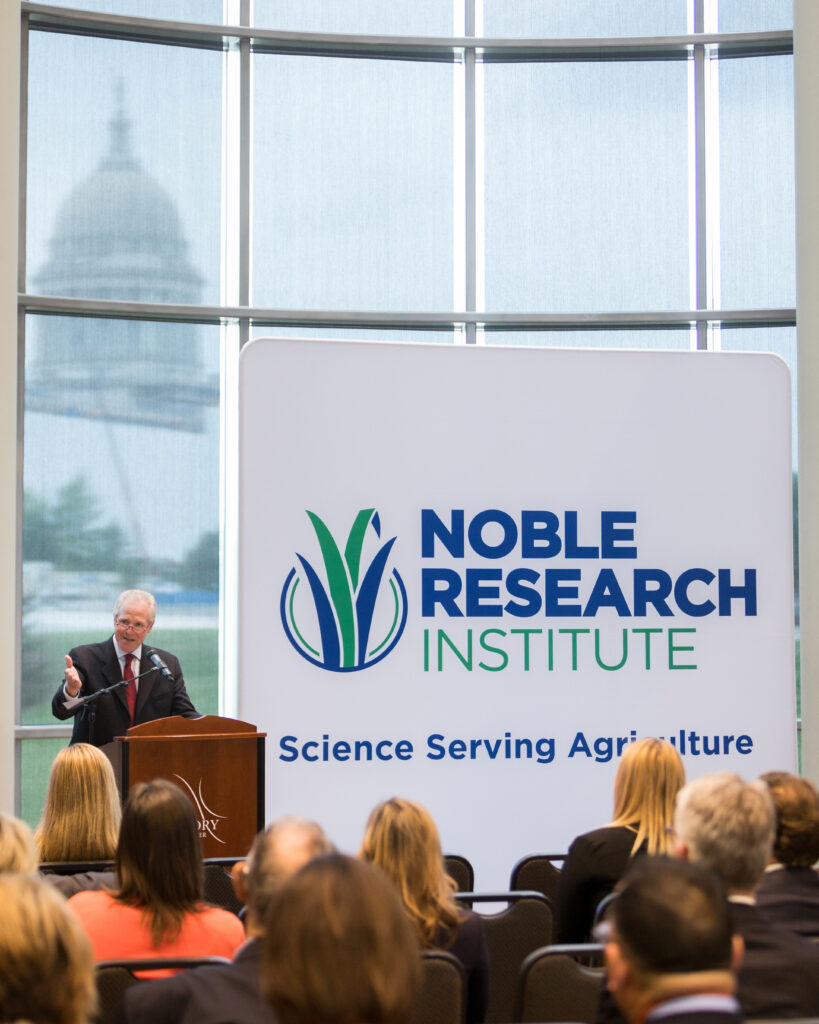
Research Driven
Noble announces its intent to become an agricultural research organization, a type of 501(c)(3) public charity required to directly engage in the continuous active conduct of agricultural research.
Regenerating Our Nation’s Grazing Lands
After 75 years, Noble Research Institute shifted its operations to focus on regenerative agriculture.
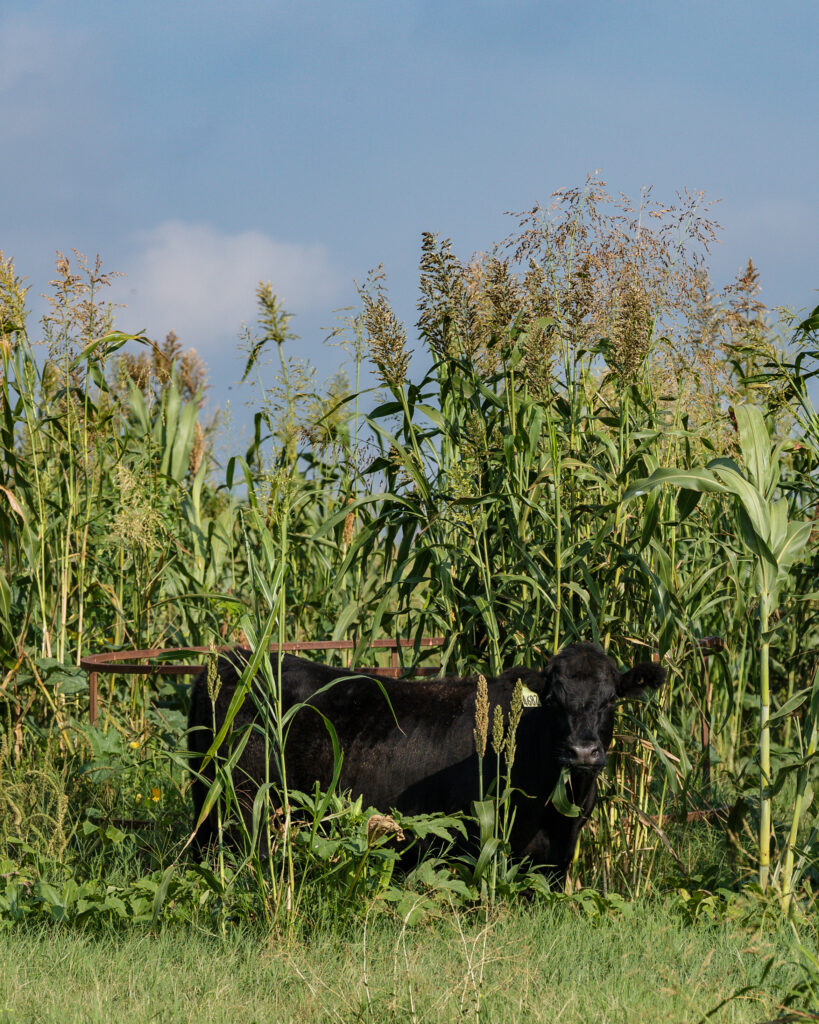
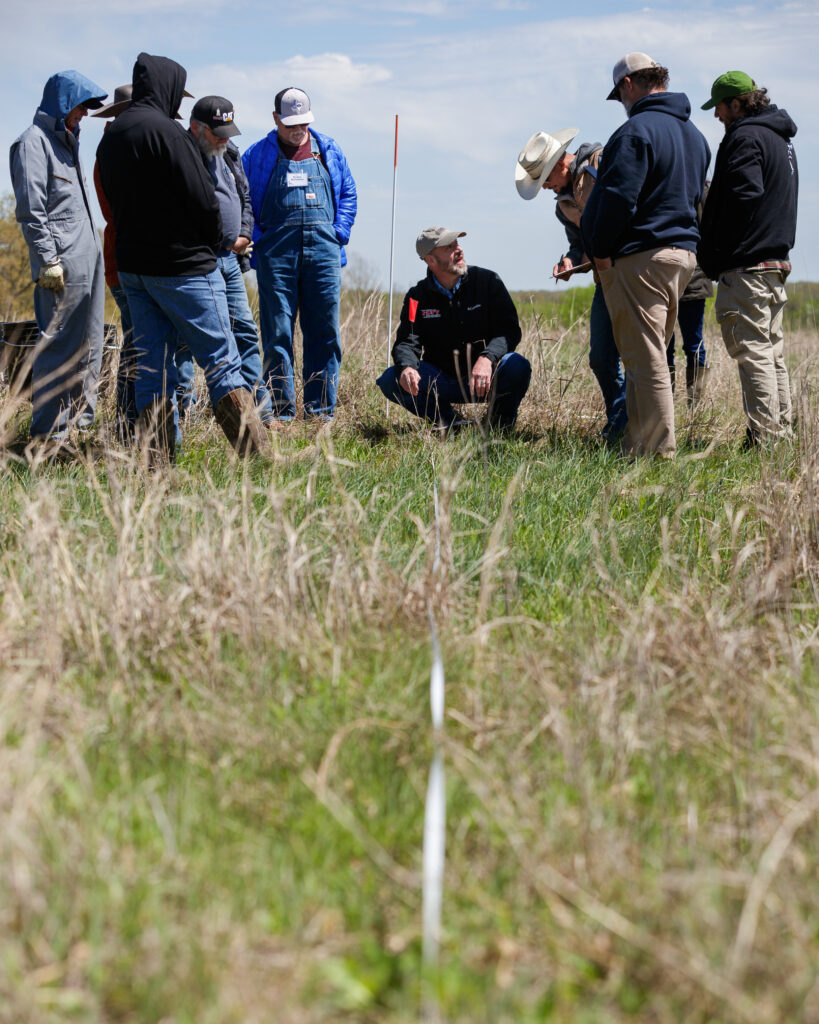
Educating Farmers and Ranchers Nationwide
Noble launches its inaugural educational programs for farmers and ranchers focused on improving their land, livestock and livelihood through regenerative ranching.